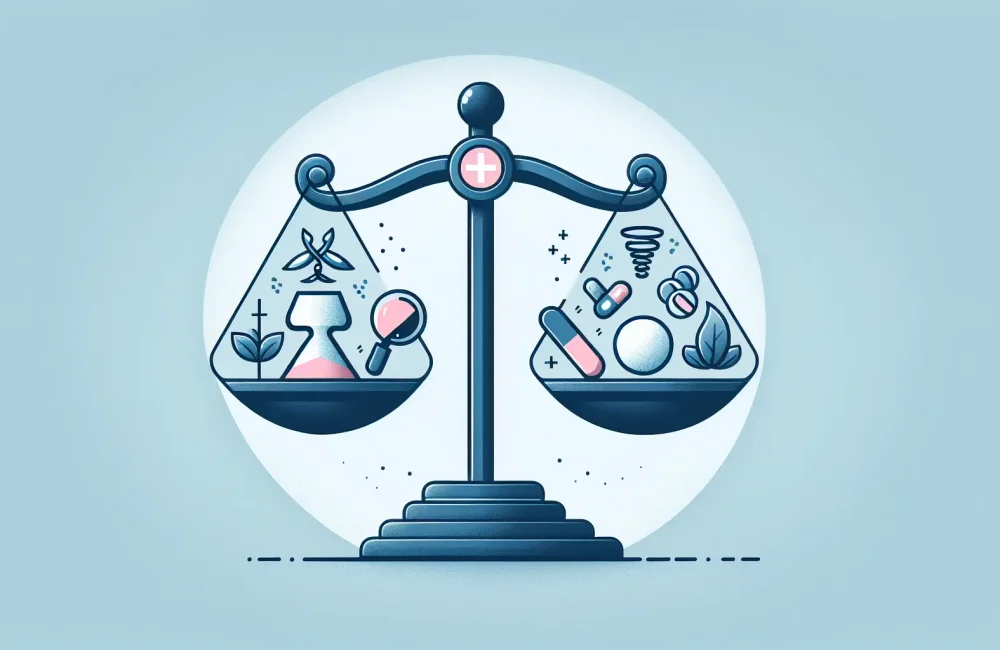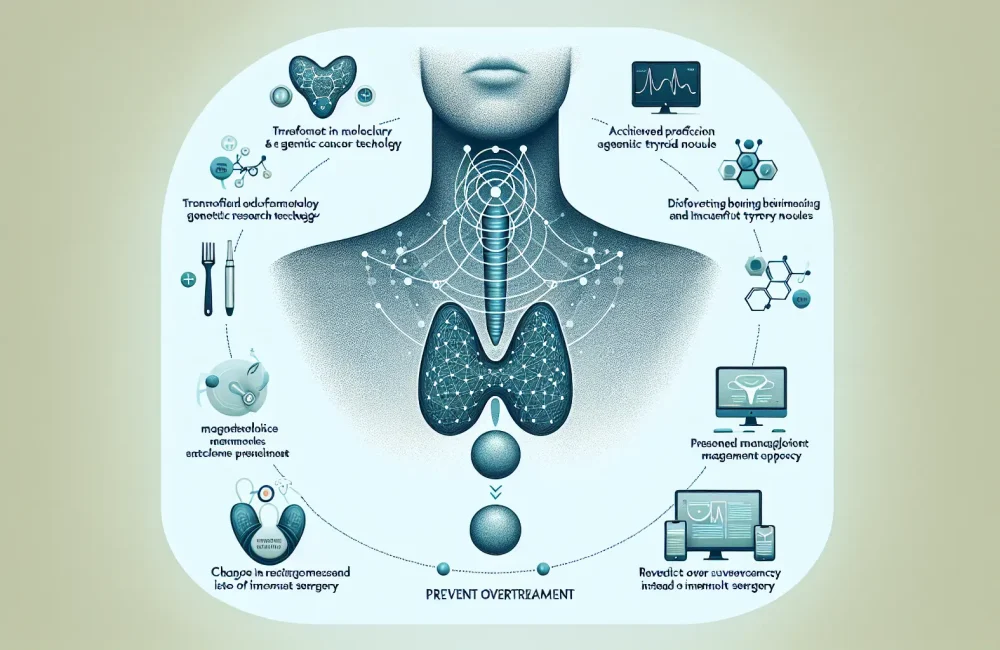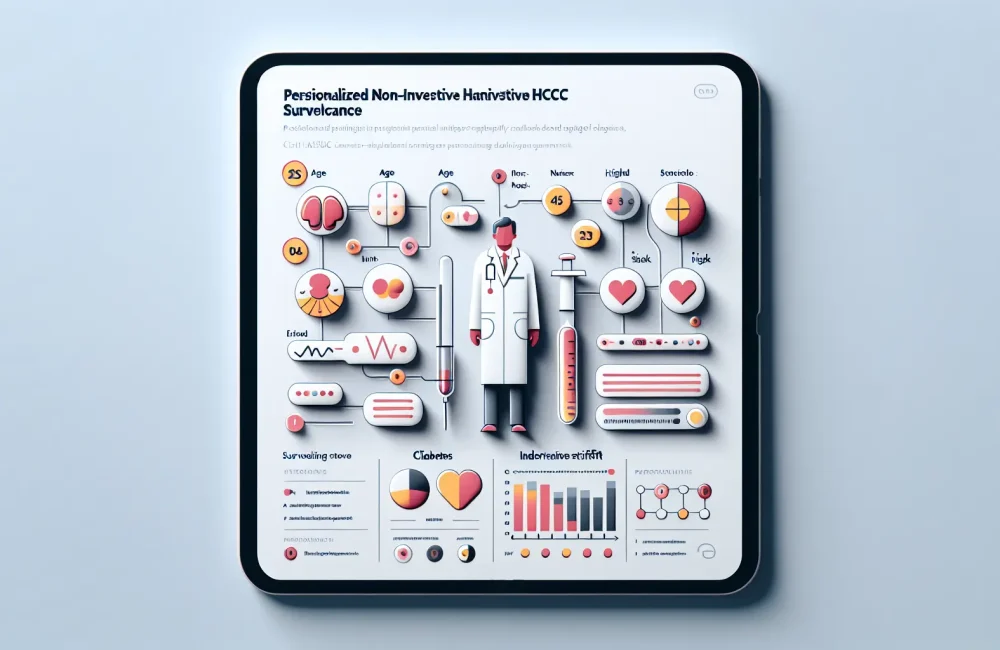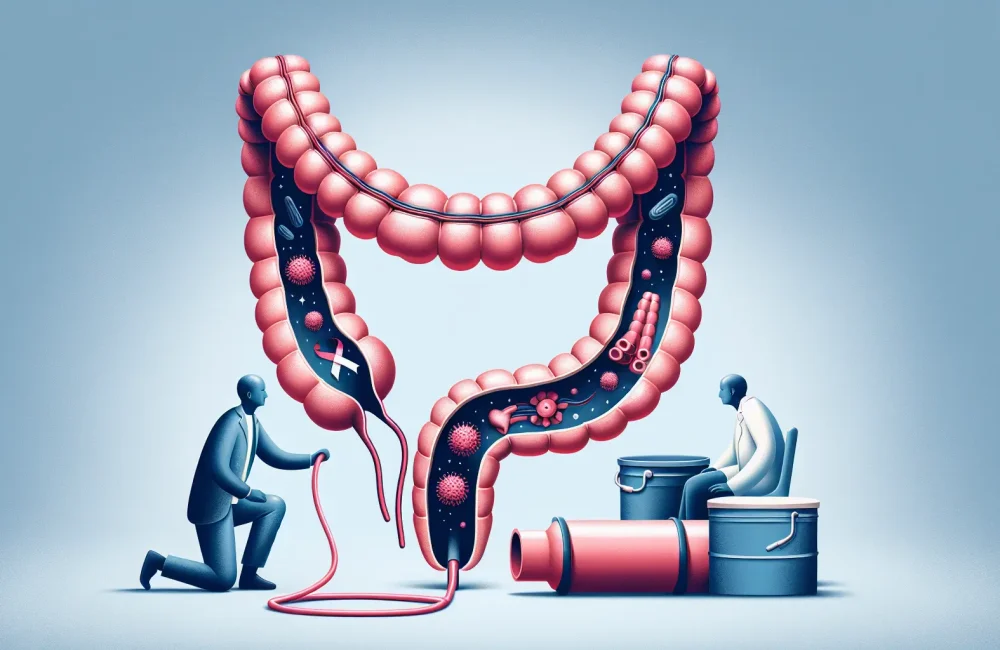By CAFMI AI From JAMA
Impact of Prevention and Screening on Cancer Mortality
This comprehensive study analyzing data over a 45-year period provides a clear message for clinicians and public health professionals: cancer prevention and screening have a significantly greater impact on reducing cancer deaths than treatment alone. Using national cancer registries, mortality databases, and longitudinal studies, the research quantifies the number of deaths averted through various cancer control strategies. The analysis reveals that millions more deaths have been prevented by proactive measures, such as smoking cessation programs and cancer screening initiatives, compared with mortality reductions achieved solely through treatment advancements. This finding challenges the conventional emphasis often placed on therapeutic interventions and highlights the critical role of population-wide cancer control programs that prioritize prevention and early detection. For USA-based healthcare providers, this underscores the necessity of advocating for and facilitating access to preventive services and screening within primary care and specialty settings.
Clinical Implications and Strategies for Healthcare Providers
From a clinical standpoint, the study’s results reinforce the need for healthcare professionals to integrate cancer prevention and screening into routine patient care. Preventive measures include tobacco control efforts such as counseling, pharmacologic cessation aids, and public health policies to reduce smoking prevalence. Vaccination programs, particularly for human papillomavirus (HPV), are essential in preventing several cancers and should be widely promoted and administered in eligible populations. Screening programs targeting common cancers like breast, colorectal, and cervical cancer demonstrate substantial mortality reductions when implemented effectively. Clinicians should maintain awareness of guideline-recommended screening intervals and modalities and strive to increase patient adherence through education and follow-up. The study supports policy initiatives designed to expand insurance coverage and reduce barriers to preventive services and early cancer detection. Emphasizing prevention and screening in clinical workflows may reduce the future burden of cancer treatment, improve patient outcomes, and optimize healthcare resource allocation.
Study Design, Limitations, and Broader Context
The study’s robust design, utilizing long-term data from comprehensive national sources, provides strength to its conclusions. The inclusion of mortality data alongside incidence and screening rates allows for a nuanced understanding of how different cancer control approaches influence outcomes over decades. However, some limitations warrant consideration. The observational nature of the data restricts definitive causal inferences, and changes in cancer classification and diagnostic technology over time could affect comparisons. Additionally, disparities in access to prevention and screening services across populations might influence overall mortality benefits. In the broader context, the findings align with existing guidelines from organizations such as the U.S. Preventive Services Task Force (USPSTF), which advocate for evidence-based cancer screening and prevention strategies. Clinicians should also be vigilant for red flags indicating when early symptoms require immediate referral and should counsel patients on lifestyle modifications beyond tobacco and vaccination to further decrease cancer risk. Follow-up protocols and integrated primary care approaches bolster ongoing prevention efforts. This comprehensive evidence-base supports sustained investment in cancer prevention and screening programs as essential components of reducing cancer mortality nationwide.
Read The Original Publication Here






